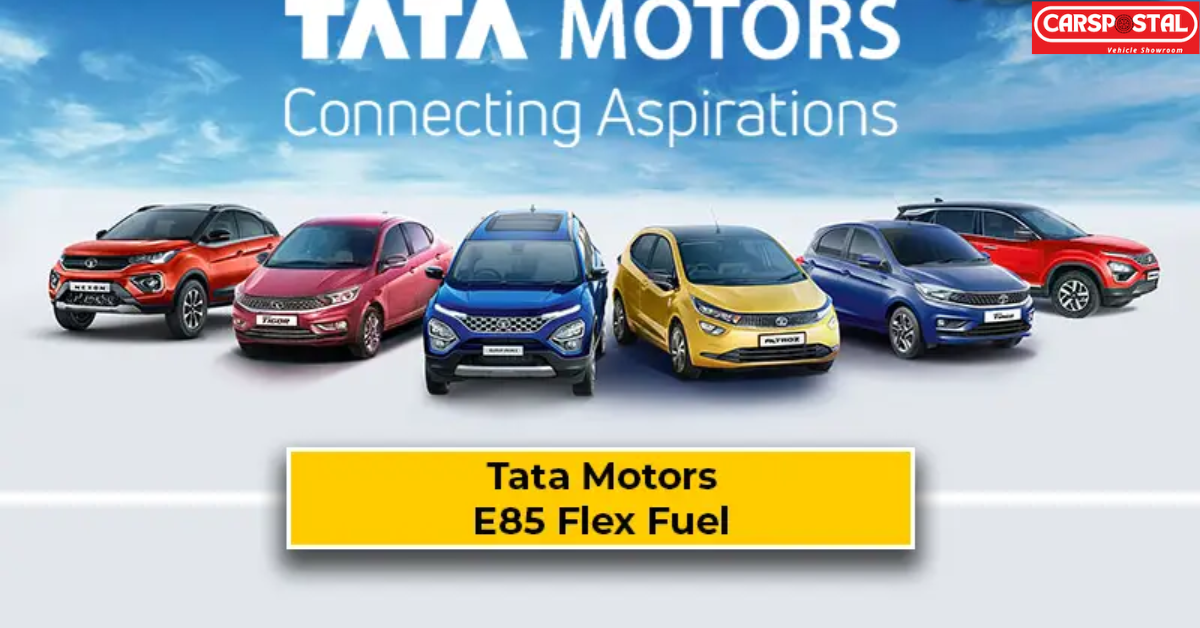
At the Auto Expo 2023, Mr. Mohan Savarkar, vice president of Tata Motors passenger vehicle division, stated that “the company is planning to make its cars E20 flex fuel compliant. He said that they are working to achieve up to E85 flex fuel compatibility.” By switching from E10 to E20, we will be able to reduce our imports of crude oil, protect our foreign exchange reserves, and grow our economy. Speaking of E85 feels like a distant reality because it will be more than a few years before E20 fuel is widely available.
The government won’t start distributing E20 flex-fuel (petrol with a 20% ethanol blend) at all fuel stations until sometime between 2025 and 2026. Currently, our petrol station’s petrol contains 10% ethanol by volume.
Toyota and Maruti Suzuki are also trying to make their engines compatible with ethanol blends of up to 85% and the minister of highways and road transportation, Mr. Nitin Gadkari, said at a news conference that Hyundai is also developing E85-compatible engines. Tata Motors is trying to provide healthy competition to Maruti Suzuki and Hyundai with flex-fuel vehicles after launching the CNG version of some of their cars like Punch and Tiago.
their entire fleet would be E20 compliant. Customers who purchase cars after March 2023 will benefit from the long-term dependability of their cars using E20 fuel after the E20 flex fuel replaces the normal petrol fuel in 2025–2026. Toyota has already assured us that even the vehicles it introduced ten years ago can operate dependably on E20 fuel for the duration of their life. As of now, we don’t know when the government will introduce E85 flex fuel to the market. But, the fact that four major automakers are putting their engineers to develop E85 vehicles suggests that the government would at least introduce it as an optional fuel at fuel stations.